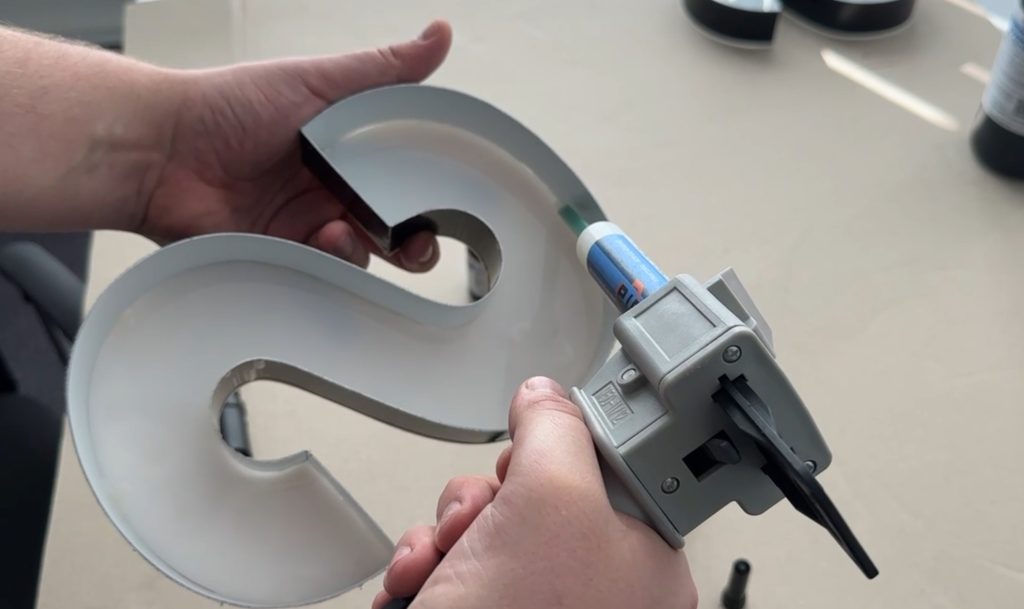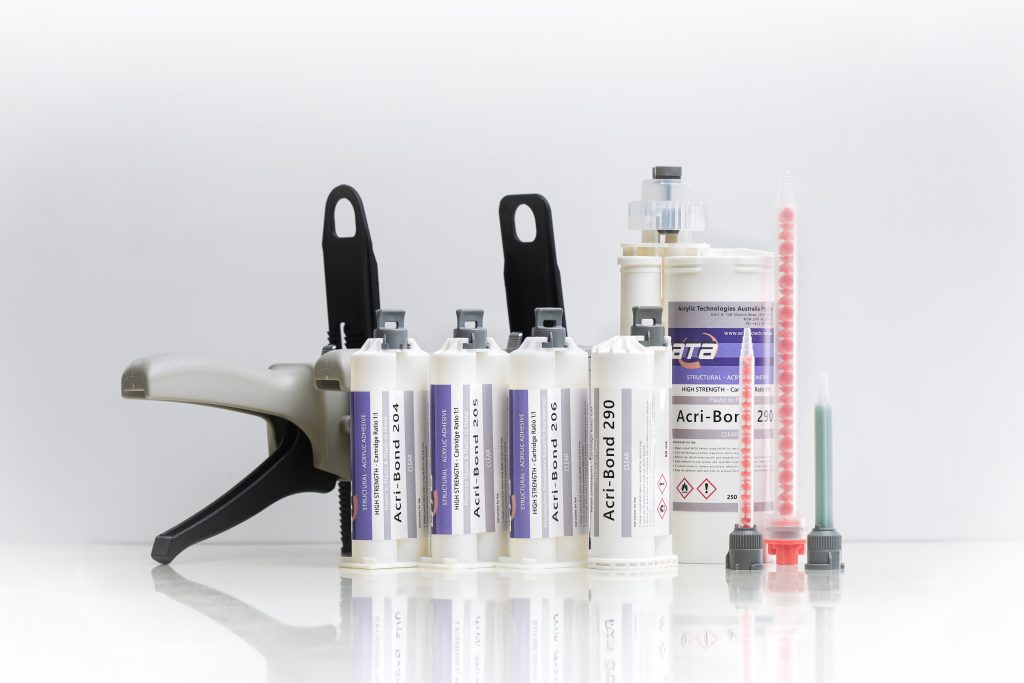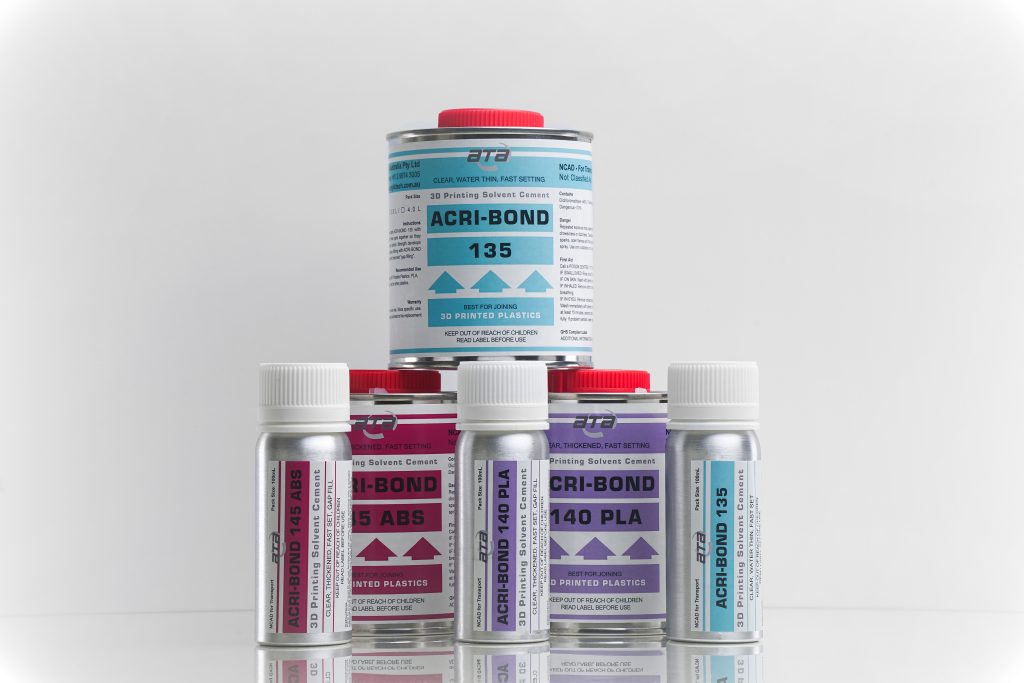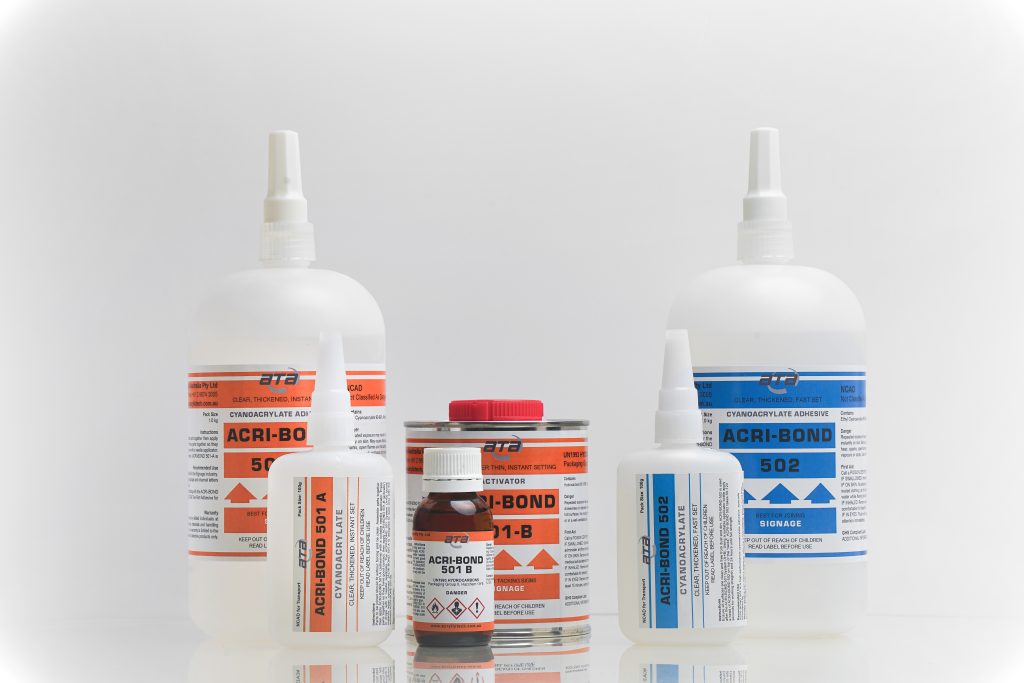Understanding Viscosity in Adhesives: Why It Matters
When selecting the right adhesive for your application, one of the most important but often overlooked properties is viscosity. In simple terms, viscosity refers to how thick or thin a liquid is. A low-viscosity adhesive flows easily, almost like water, while a high-viscosity adhesive is thicker and more resistant to flow, like honey. We have produced a viscosity chart to simplify it for you.
But how does this affect your choice of adhesive?
Viscosity and Application Technique
The viscosity of an adhesive plays a direct role in how it is applied and how it behaves once it is dispensed.
Low-viscosity adhesives are ideal for capillary bonding, filling tight gaps, or applications where the adhesive needs to flow. These are commonly used when bonding applications with good tolerences.
Medium-viscosity adhesives strike a balance between flow and control. They’re versatile enough for general-purpose use, offering a good spread without running too much.
High-viscosity adhesives are thicker and more thixotropic. These are better suited for vertical applications, porous materials, or where gap filling and non-drip performance are critical.

Everyday Consumer Goods Viscosity in Centipoise (CPS)
The chart below is designed to help you understand and compare the viscosity of our adhesives by relating them to everyday household products. We’ve included common reference points like water, syrup and peanut butter to make it easier to visualise how thick or thin each adhesive is. This simplified comparison makes it easier to choose the correct product for your application, whether you’re looking for a thin, free-flowing adhesive or a thick, non-drip formula.
By translating technical viscosity values measured in centipoise (CPS) into familiar textures and consistencies, we aim to make adhesive selection easier.
| Everyday Consumer Good | Viscosity in Centipoise (CPS) |
|---|---|
| Water @ 70°F / 21°C | 1 |
| Blood or Kerosene | 10 |
| Ethylene Glycol or Anti-Freeze | 15 |
| Motor Oil (SAE 10) | 50 |
| Corn Oil | 65 |
| Maple Syrup | 150 - 200 |
| Castor Oil | 250 - 500 |
| Glycerin | 1,000 - 2,000 |
| Honey | 2,000 - 3,000 |
| Molasses | 5,000 - 10,000 |
| Chocolate Syrup | 10,000 - 25,000 |
| Ketchup | 50,000 - 70,000 |
| Peanut Butter | 150,000 - 250,000 |
| Lard | 1,000,000 - 2,000,000 |
| Caulking Compound | 5,000,000 - 10,000,000 |
| Window Putty | 100,000,000 |
Viscosity Chart Comparing Everyday Consumer Items to CPS
Choosing the Right Viscosity
The right viscosity depends on your application, materials and method of dispensing. If you’re unsure, check the adhesive’s technical data sheet or consult with us. Many of our adhesives offer the same or similar base adhesive in multiple viscosities to suit different needs.
Viscosity isn’t just about thickness. It affects how an adhesive behaves during application and how well it performs in the long run. Taking the time to select the right viscosity can lead to a cleaner application, better bond strength and improved results.



